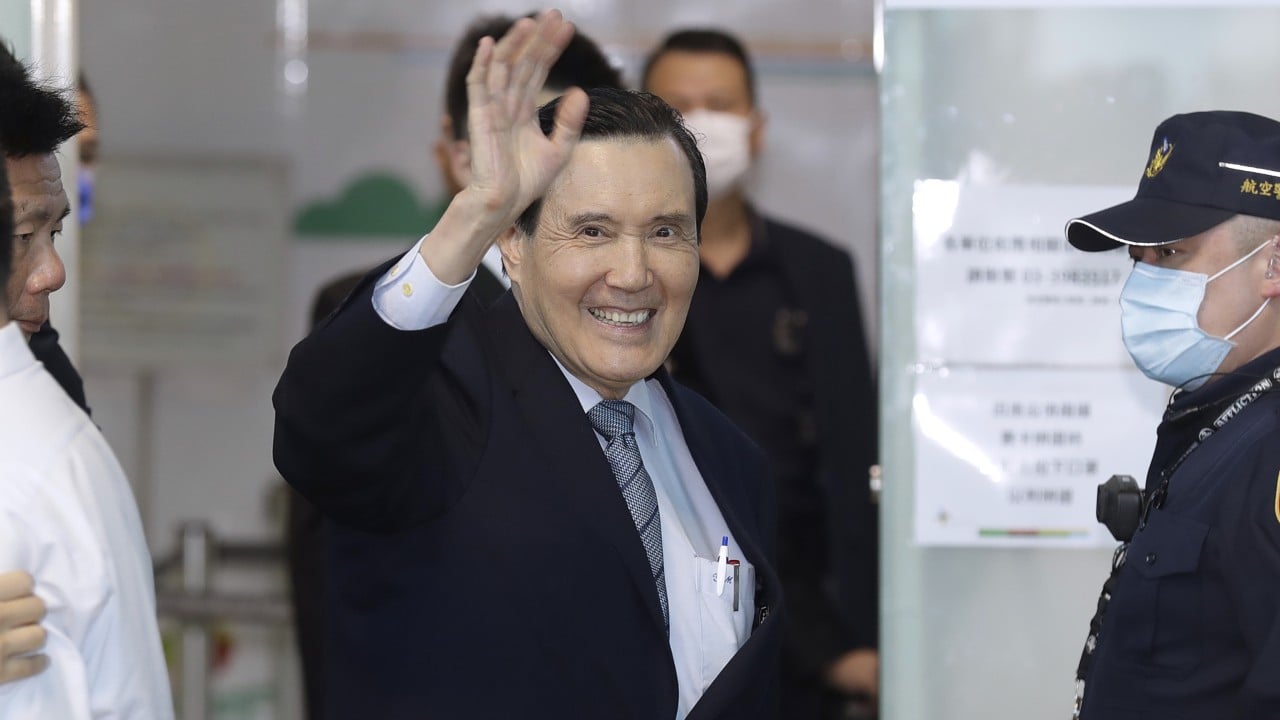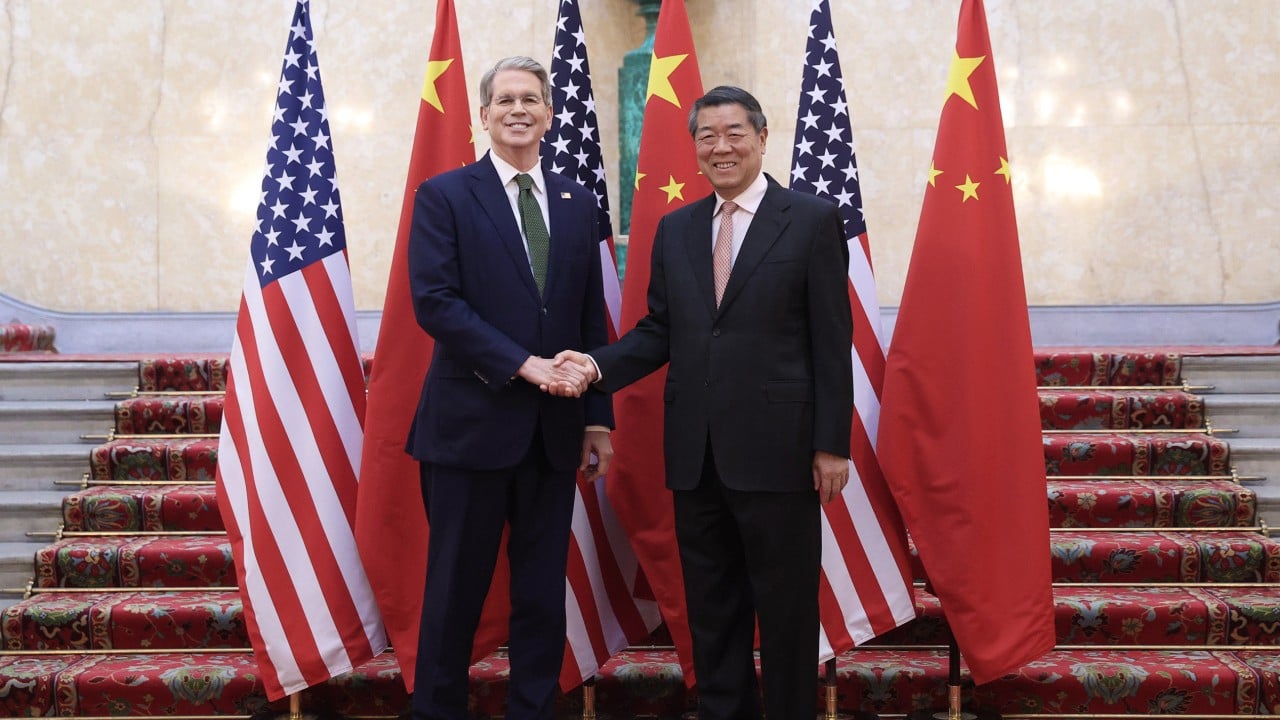
Editors note: Tang Jie is a scientist at the Chinese Academy of International Trade and Economic Cooperation under the Chinese Ministry of Commerce.
The short article shows the authors viewpoints and not necessarily the views of CGTN.The US economy is presently browsing a complex and difficult landscape identified by supply-side shocks, geopolitical threats, and traditional financial cycles.
According to the 3rd quote released by the United States Bureau of Economic Analysis (BEA) on June 26th, the countrys real gdp (GDP) reduced at a yearly rate of 0.5 percent in the first quarter of 2025.
This decline in real GDP was driven by a boost in imports—-- which deduct from GDP computations—-- and a decrease in government spending.
These elements were partially balanced out by increases in investment and consumer costs, highlighting the diverse challenges facing the economy.
The convergence of these dynamics creates a compounding effect, evaluating the resilience of the United States economic framework.Import rise as a crucial factorA significant motorist of this contraction was a sharp increase in imports, mainly consumer and capital items.
This surge is widely credited to businesses front-loading purchases in anticipation of brand-new or increased tariffs.
While imports deduct from GDP, underlying domestic demand—-- shown in customer spending and personal investment—-- remained reasonably resilient.
Information showed that real last sales to personal domestic purchasers increased.However, inflationary pressures continued.
The price index for gross domestic purchases increased, as did the Personal Consumption Expenditures (PCE) rate index.
The core PCE cost index for Q1 was modified to an annualized 3.4 percent quarter-on-quarter, still surpassing the Federal Reserves 2-percent target.
A study by the University of Michigan exposed that customers one-year inflation expectations reached 6.5 percent, the greatest level considering that 1981.
This suggests that while the United Statess GDP growth slowed, inflation remained a pressing concern.
Additionally, inflationary trends are aggravating and handling structural attributes, significantly increasing economic risks and pressures.Supply-side shocksThe anticipation and application of new tariffs—-- particularly the mutual tariffs under the Trumps administration—-- have emerged as significant supply-side shocks.
These tariffs raise expenses for imported durable goods and intermediate producer inputs, while likewise potentially triggering currency appreciation that weakens United States export competitiveness.
The Q1 import rise was a direct repercussion of these policies.Although pandemic-era supply chain disruptions have alleviated, new geopolitical or unpredicted events might reignite such challenges, increasing costs and limiting goods accessibility.
Furthermore, labor supply changes—-- influenced by migration trends and labor force participation rates—-- may even more interrupt incomes and production capacity.Geopolitical risksGeopolitical tensions, especially around trade policies and worldwide relations, have worsened economic uncertainty.
Ongoing conflicts and shifting alliances create volatility, dampening organization belief and discouraging investment.
Consumer costs, particularly on durable products, has actually likewise been affected.Studies suggest that customers fear geopolitical friction might overflow into financial markets, deteriorating their monetary security even if macroeconomic conditions at first appear stable.
This stress and anxiety might lead to more careful spending behavior.The threat of escalating conflicts might get worse supply-side restrictions (e.g., energy security) and amplify unpredictability, additional interrupting global trade and financial investment flows.
The International Monetary Fund (IMF) has actually warned that such risks might reduce international economic development, indirectly damaging United States efficiency.
The Q1 GDP data reflects this pressure, with exports declining amid increased instability.Traditional economic cyclesThe US economy continues to come to grips with the lagged results of financial policy tightening up, consisting of rates of interest walkings created to curb inflation.
While the rate-hiking cycle might have ended, the full impact of these steps is still unfolding, potentially more slowing growth.Fiscal policy concerns likewise loom big.
The consistent federal deficit and mounting federal government debt posture long-lasting dangers, as rising interest payments might divert resources from productive investments, undermining future growth and financial stability.Economists remain divided on whether the US will attain a soft landing —-- moderating development without a serious economic crisis—-- or face a sharper slump.
The interplay of the aforementioned challenges clouds the economic outlook.ConclusionThe United States economy faces mounting structural pressures.
Addressing these difficulties will require not just targeted policy interventions but likewise time for healing.
A continual rebound hinges on navigating supply-side constraints, geopolitical volatility, and cyclical headwinds—-- a diverse venture with no fast fixes.

 14
14













